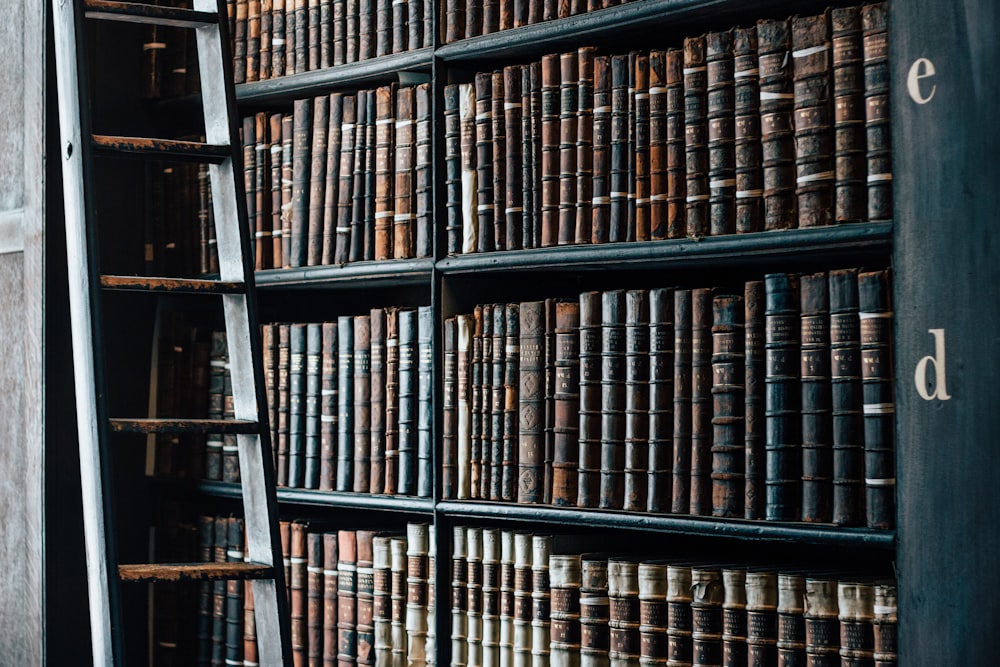Introduction
In the intricate tapestry of the legal realm, evidence stands as a cornerstone, an immutable pillar upon which justice is built. Understanding evidence transcends mere comprehension; it delves into the very essence of legal proceedings, shaping the course of trials and determining the fates of those involved. Let us embark on a journey to unravel the significance of evidence, exploring its multifaceted nature and pivotal role in the pursuit of truth.
The Essence of Evidence
At its core, evidence embodies the quest for truth in the labyrinth of legal proceedings. It serves as a beacon of clarity amidst the murky waters of dispute, offering tangible proof to substantiate claims and refute allegations. Whether presented in the form of documents, witness testimony, or physical artifacts, evidence encapsulates the narratives of legal cases, guiding judges and juries towards informed decisions.
Types of Evidence
Evidence manifests in diverse forms, each bearing its own weight and significance in the courtroom. Direct evidence, characterized by its immediacy and relevance, offers unequivocal proof of a fact or event. Circumstantial evidence, on the other hand, relies on inference and deduction, weaving a tapestry of interconnected clues to support a claim. Both forms, though distinct in nature, contribute to the mosaic of evidence that shapes legal outcomes.
The Burden of Proof
Central to the concept of evidence is the burden of proof, a fundamental principle that underpins the adversarial nature of legal proceedings. The prosecution carries the burden of proving guilt beyond a reasonable doubt in criminal cases, while the plaintiff must establish the preponderance of evidence in civil disputes. This burden serves as a safeguard against unjust convictions and wrongful judgments, ensuring that evidence withstands rigorous scrutiny before influencing legal outcomes.
Admissibility and Relevance
Not all evidence is created equal; its admissibility hinges upon its relevance and reliability. Courts meticulously evaluate the probative value of evidence, weighing its potential to elucidate or obscure the truth. Hearsay, speculative conjecture, and unlawfully obtained evidence often find themselves barred from the hallowed halls of the courtroom, deemed unfit to sway judicial deliberations. Only through adherence to strict evidentiary standards can the integrity of legal proceedings be preserved.
Challenges and Controversies
Despite its inherent importance, evidence is not immune to challenges and controversies. The admissibility of expert testimony, the reliability of forensic evidence, and the authenticity of digital data all pose significant hurdles in the pursuit of justice. Moreover, the human element introduces a layer of subjectivity, as witnesses may misremember or distort facts, and jurors may be swayed by emotions or biases. Navigating these challenges requires a delicate balance of legal acumen and ethical discernment.
The Role of Advocates
In the arena of legal advocacy, evidence serves as both sword and shield, wielded by attorneys to advance their clients’ interests. Through meticulous investigation and strategic presentation, advocates seek to marshal compelling evidence that bolsters their case and undermines that of their adversaries. Skillful cross-examination, persuasive argumentation, and expert witness testimony all play pivotal roles in shaping the evidentiary landscape of trials.
The Human Dimension
Beyond its legal significance, evidence carries profound implications for those ensnared in the web of litigation. For victims, evidence offers validation and vindication, affirming the veracity of their claims and providing a pathway to closure. For defendants, it represents a shield against unwarranted accusations, a means of asserting innocence and safeguarding liberty. Behind every piece of evidence lies a human story, fraught with emotion, vulnerability, and the quest for justice.
The Imperfect Nature of Evidence
Despite its pivotal role, evidence remains inherently imperfect, subject to interpretation, manipulation, and error. False memories, fabricated documents, and tampered evidence all pose existential threats to the integrity of legal proceedings. Moreover, advances in technology have ushered in new frontiers of evidentiary challenges, from deepfake videos to algorithmic bias. Vigilance and skepticism thus become indispensable virtues in the quest for truth.
Conclusion
In the intricate tapestry of legal proceedings, evidence stands as a beacon of clarity, illuminating the path to justice with unwavering resolve. Its multifaceted nature, encompassing both probative value and inherent limitations, underscores the complexities of the legal realm. As guardians of truth and champions of fairness, we must remain steadfast in our commitment to understanding evidence and upholding its pivotal role in the pursuit of justice. Read more about Evidence



